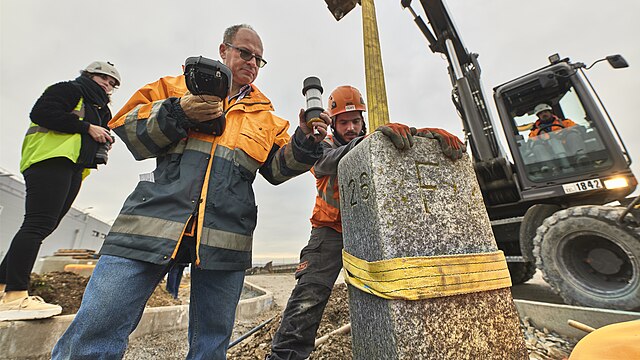France–Switzerland border
The France–Switzerland border is 572 km (355 mi) long. Its current path is mostly the product of the Congress of Vienna of 1815, with the accession of Geneva, Neuchâtel and Valais to the Swiss Confederation, but it has since been modified in detail, the last time being in 2002. Although most of the border, marked with border stones, is unguarded, several checkpoints remain staffed, most notably on busy roads.
The border on the river Doubs at the Saut du Doubs waterfall between Doubs, France and Neuchâtel, Switzerland
The France–Switzerland border crosses Lake Geneva.
Three of the border stones in the canton of Geneva, nos 124, 125 and 126, are located on the CERN Meyrin site, which implies special agreements between France and Switzerland.
French–Swiss customs post in EuroAirport Basel Mulhouse Freiburg, 2018
Germany–Switzerland border
The border between the modern states of Germany and Switzerland extends to 362 kilometres (225 mi), mostly following Lake Constance and the High Rhine, with territories to the north mostly belonging to Germany and territories to the south mainly to Switzerland. Exceptions are the Swiss canton of Schaffhausen, the Rafzerfeld of the canton of Zürich, Bettingen and Riehen municipalities and part of the city of Basel in the canton of Basel-City and the old town of the German city of Konstanz, which is located south of the Seerhein. The canton of Schaffhausen is located almost entirely on the northern side of the High Rhine, with the exception of the southern part of the municipality of Stein am Rhein. The German municipality of Büsingen am Hochrhein is an enclave surrounded by Swiss territory.
Rötteln Castle, Hohentengen am Hochrhein (Germany) as seen across the Rhine from Kaiserstuhl (Switzerland)
Historic Rhine bridge between Diessenhofen (left) and Gailingen (right), completed in 1816
Customs facilities between Konstanz (Germany) and Kreuzlingen (Switzerland)
Waldshut–Koblenz railway bridge over the High Rhine between Germany (left) and Switzerland (right)








